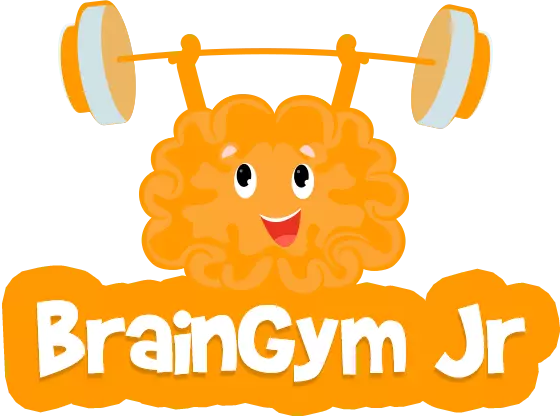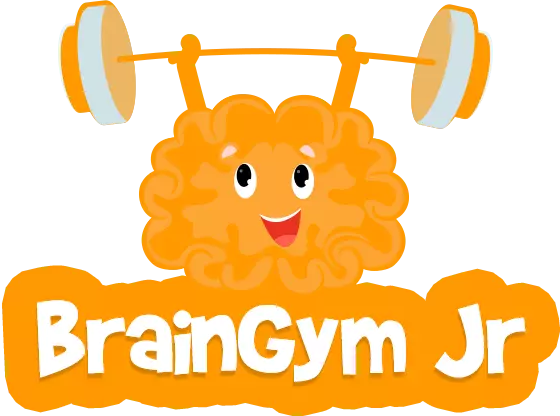The Different Learning Styles Our Children Adopt
Sandra, a school teacher always insisted her students prepare extensive notes and read those notes atleast twice before exams. This learning style worked for some students while the rest found it tiresome. During the lockdown when schools were closed and virtual classes began, Sandra had to create presentations that included audio-video clips to cover all concepts during class. She noticed some students who were otherwise quiet in her class began to actively participate in these online classes while the students who previously scored well found it difficult to pay attention in class.
Why do you think this shift in behavior happened?
We all experience the world in different ways, and with that comes variation in the ways we learn best. Learning in simple terms is the process of acquiring new knowledge, skills and values. Learning is a different experience for each individual. Some may have to retreat to the darkest corner of the library to concentrate while some have to talk through new material to a group. There are still others who can read through long pages while even the thought of reading may make some others dizzy.
Learning being a complicated process takes attention, focus, memory and organization. Each individual brain has its unique connections and neural pathways that process and remember information differently. Owing to this diversity, the learning styles change from one child to another. Learning style is the unique way an individual processes and retains new information and skills. Understanding these learning styles can make it easier to create, modify, and develop more efficient educational programs for children.
Read More: Education Beyond Academics!
Learning styles and preferences take on a variety of forms and not all people can be classified neatly into one category. However, Neil Fleming – a teacher from New Zealand designed the VARK model that classifies learning styles into 4 categories. Let’s have a look at these categories:
How to identify your child’s learning style:
Visual Learning
Visual learners are able to retain information when it’s presented to them in a graphic format, such as arrows, charts, diagrams, symbols, and more. For visual learners, it is often far easier to recall information with images as opposed to working with words.
How to cater to visual learners
You can enable learning with visual images, aides, graphics to compute mathematical puzzles or even matching images to words. Encourage them to express themselves with drawing and art. You can also provide them with markers or highlighter, sticky notes of different colors etc.
 Auditory Learning
Auditory Learning
As the name suggests, auditory learners learn through listening. Auditory learners may be slower at reading and may often repeat things a teacher tells them. They usually prefer listening to lectures than reading notes.
How to cater to auditory learners:
Encourage your child to listen to engaging content like educational concepts explained through storytelling interspersed with questions. You can also have discussion about educational concepts and ask your child as many questions as possible and let them answer. Children can also benefit by reading out loud while they study.
Reading/Writing Learning
These learners do well with written information on worksheets, presentations, and other text-heavy resources. The read/write learners are note-takers and perform strongly when they can reference written text. These learners enjoy looking up words in the dictionary and searching the internet for just about everything.
How to cater to reading/writing learners
Most of the traditional educational system tends to focus on writing essays, researching and reading books. You can further encourage these children with word grids, crosswords, word play and text-based information to engage and retain more. Children who fall into this category of learning style should be allowed ample time absorb information from different sources.
Read More: Writing in today’s digital world
Kinesthetic Learning
Kinesthetic learners are those that learn by doing. These learners tend to do well in scientific studies owing to the hands-on lab component of the course.
How to cater to kinesthetic learners
This may be difficult as not all topics allow hands-on experience. Children who are kinesthetic learners should try to include all their senses when learning something new. Pacing about the room while memorizing a concept, providing children many examples when learning a new topic can help them recall concepts better. They can be encouraged to learn via application of concepts such as puzzles involving association.
Children benefit by learning through all four learning styles. However, there are natural tendencies to absorb better through a given style. We must provide an opportunity to children to engage with different learning styles and benefit from them. Children who learn using the styles that suit them best are known to show better performance in school apart from grasping daily situations better.
If a child can’t learn the way we teach, maybe we should teach the way they learn
– Ignacio Estrada








